Avoid these rookie PC building blunders
We look at some of the problems that can arise when building or upgrading your PC. Don't be that person who breaks something because the utmost care was not taken.
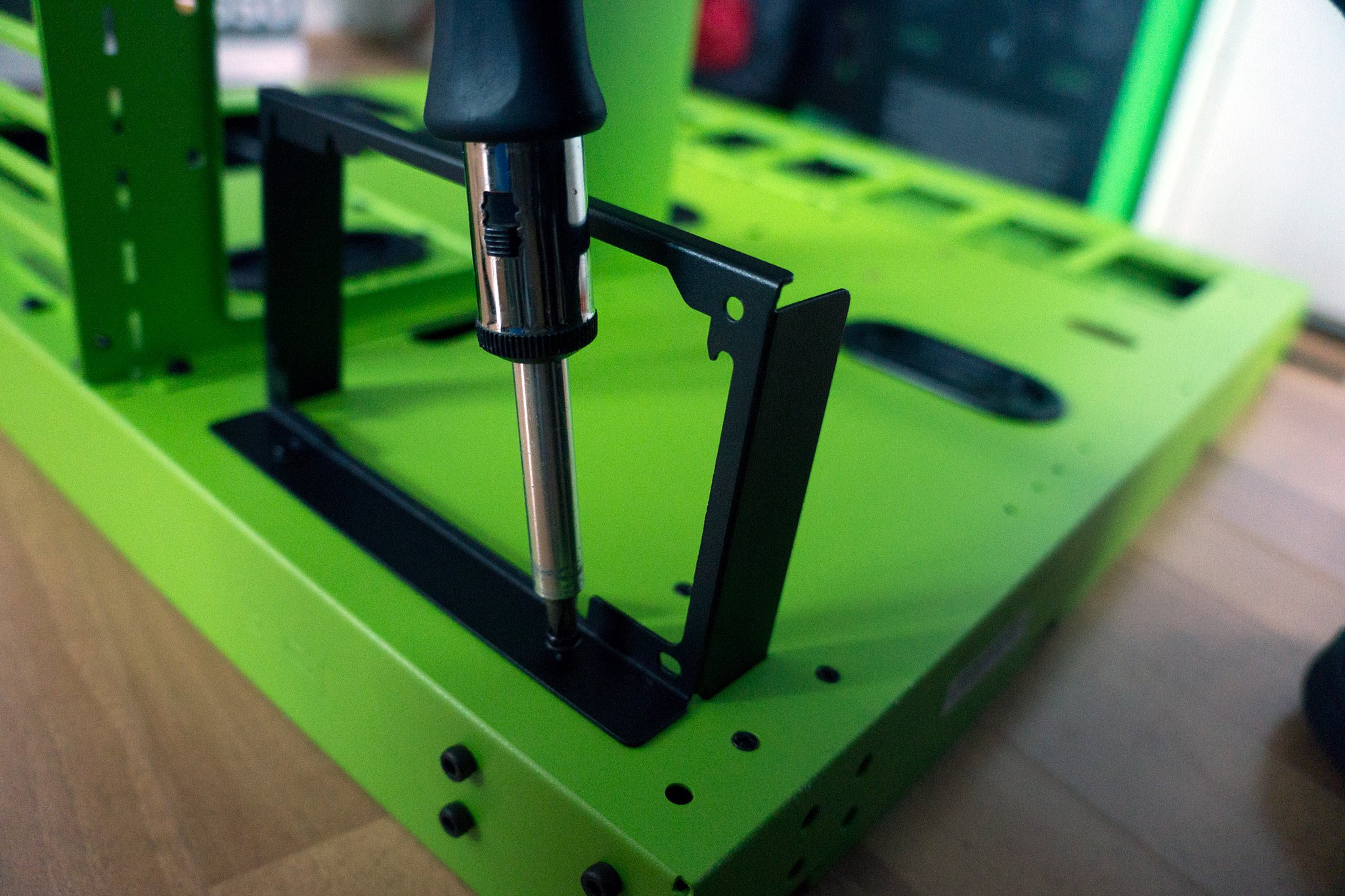
Building and upgrading a PC isn't a difficult endeavour, you simply need to ensure you follow some guidelines. I've rounded up some helpful pointers that'll see you achieving greatness without the blunders.
Make sure it will work
One of the bonuses of building your own PC is the excitement of taking delivery of all the parts required. That is until you work out that you've mistakenly ordered the wrong part or a specific component like RAM isn't compatible with the motherboard.
Research should always be thoroughly carried out prior to filling up an online (or physical) cart and parting with hard-earned cash. There are websites that can even do the hard work for you. While they're handy to utilize, we still recommend you double-check everything before ordering.
Make sure all your PC parts are compatible
Don't buy cheap power
The Power Supply Unit (or PSU) is the most important component of any PC simply because it's tasked with supplying reliable power to everything connected. You could pick up a cheap PSU from a relatively unknown brand, but you run the risk of one-day experiencing a shutdown because it has blown or worse fired a some of your expensive components.
Don't cheap out on your PSU. We strongly recommend you fork out some money here for a solid, recommended unit. Luckily for you, we've rounded up some of the best PSUs out there and they will all work with your PC, depending on chassis dimensions.
Best Power Supplies for your PC
Get the Windows Central Newsletter
All the latest news, reviews, and guides for Windows and Xbox diehards.
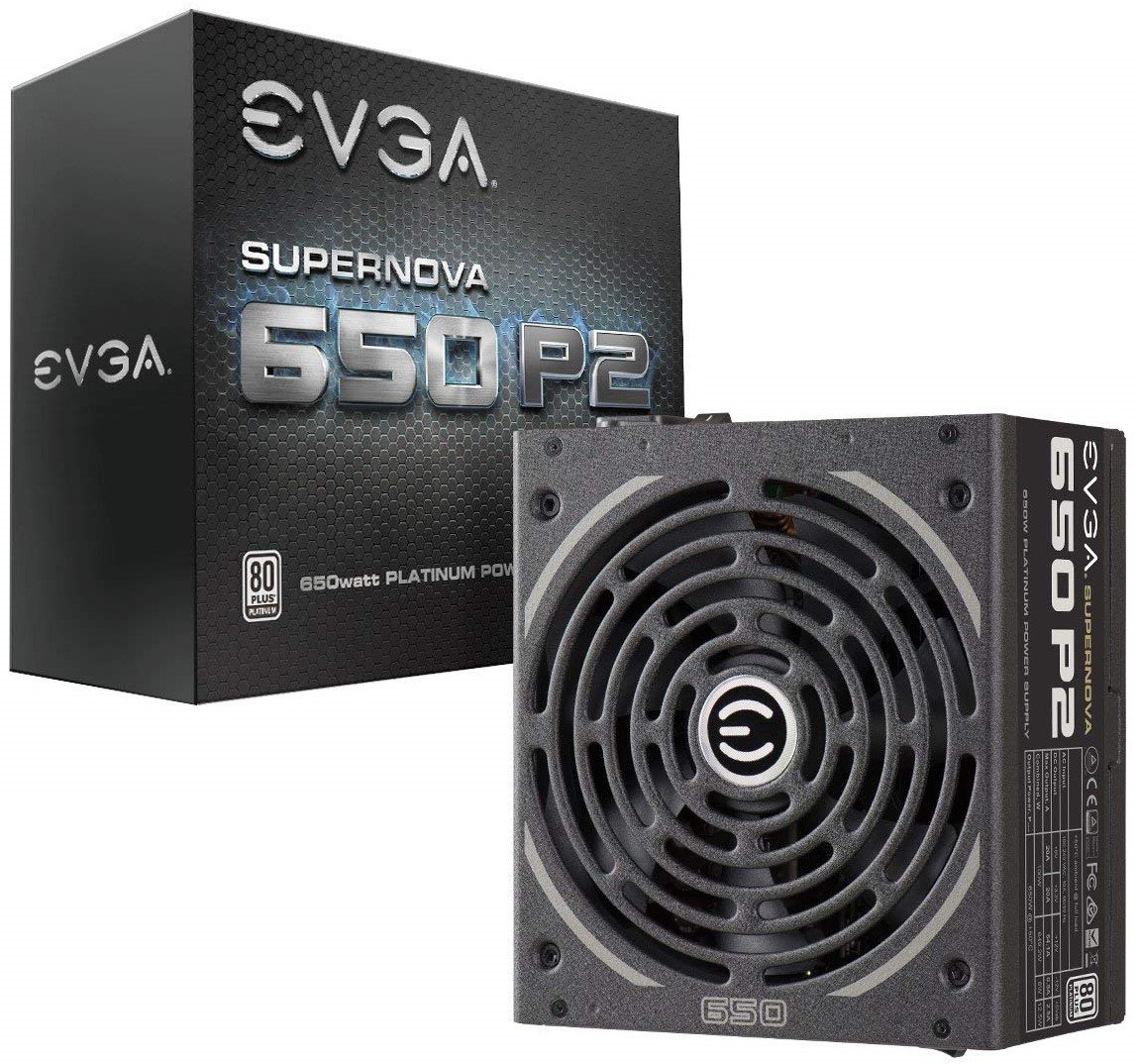
EVGA's 650W SuperNOVA P2 is fully modular, allowing you to use only the cables you require, and has an eco mode that'll see the fan only spin up should the system be under onsiderable strain. It's also well-built with high-quality components.
Not enough cables
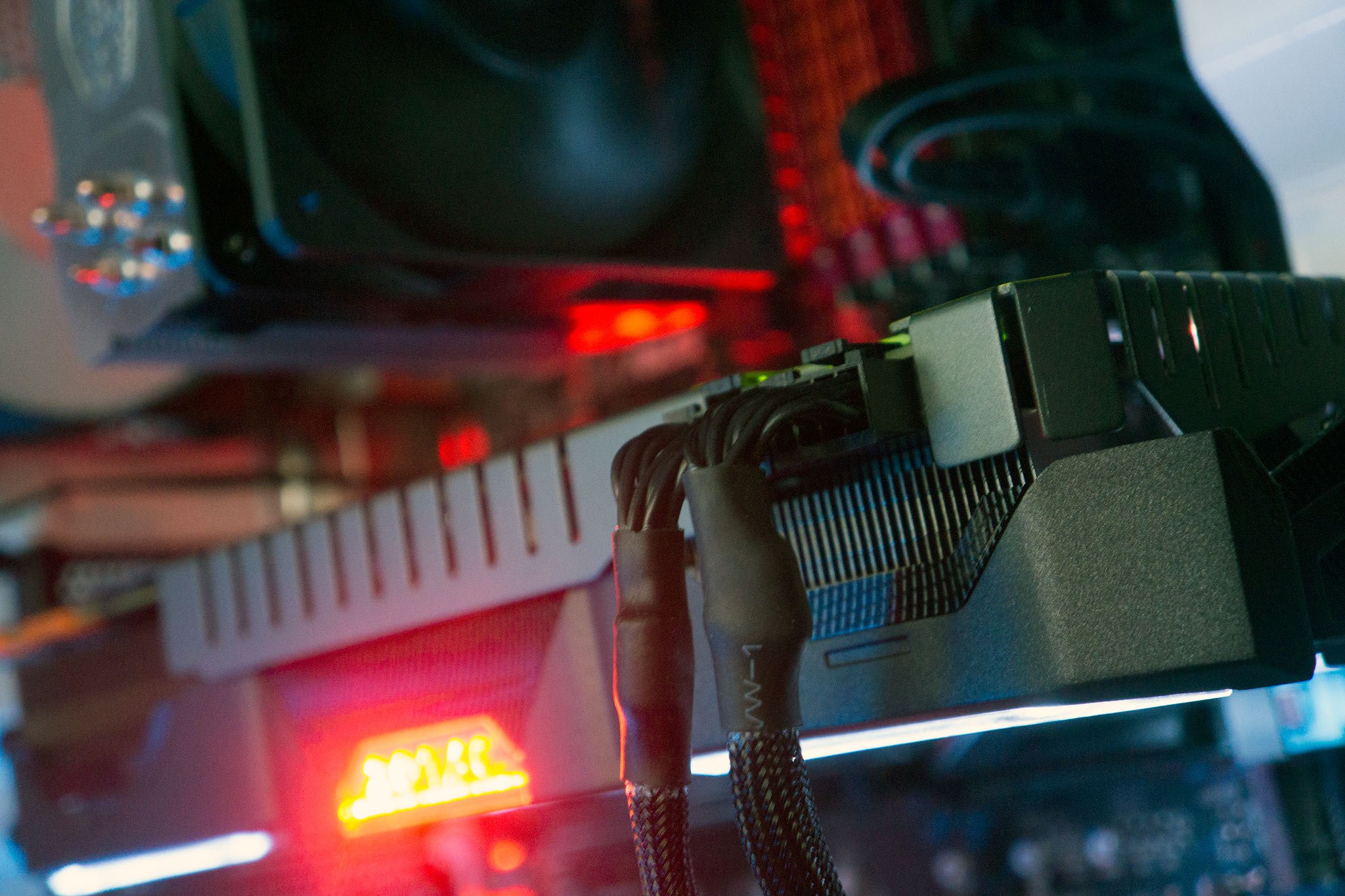
A PC requires numerous cables to hook up every component and ensure it all works flawlessly. Some cables like specific power (e.g. PCI) and data (e.g. SATA) are included with a Power Supply Unit and motherboard, but should you be adding additional hard drives and multiple GPUs in a SLI/CrossFire configuration, it won't hurt to order a few extra cables. Just in case.
Pesky headers
There are a few annoying headers that need to be plugged into the motherboard. These provide power to specific buttons, hard drive activity light, and power indicator. The pins themselves are usually labelled in the motherboard manual and sometimes on the board itself, so pay close attention to the positive and negative corresponding pins.
Size matters
You've got everything installed in that awesome, compact chassis you found on sale. It's a mid-tower and is perfect for securing all your components within. The last task is to insert the GPU into the corresponding PCI slot. There's only one problem: it won't fit.
Do your homework with the chosen case (or one you already own). Fetch a measuring tape and check that the larger components will fit inside. For example, the GTX 1070 AMP! Extreme Edition by Zotac is a superb GPU, but it measures in at a whopping 325mm.
Which GPU is best for you?
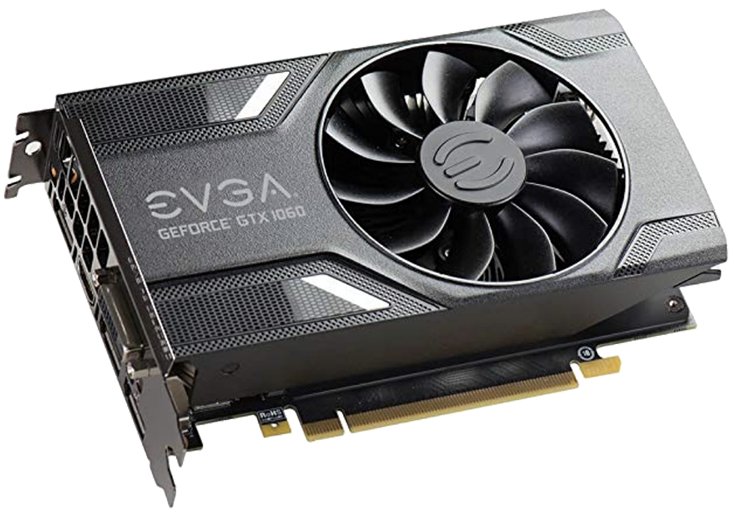
The GPU is the most important part of your PC for playing games. You could probably manage with integrated graphics on a CPU, but in order to really enjoy PC games as intended, you'll want to consider purchasing a dedicated unit and we rounded up some of the best out there for different budgets.
Ground yourself
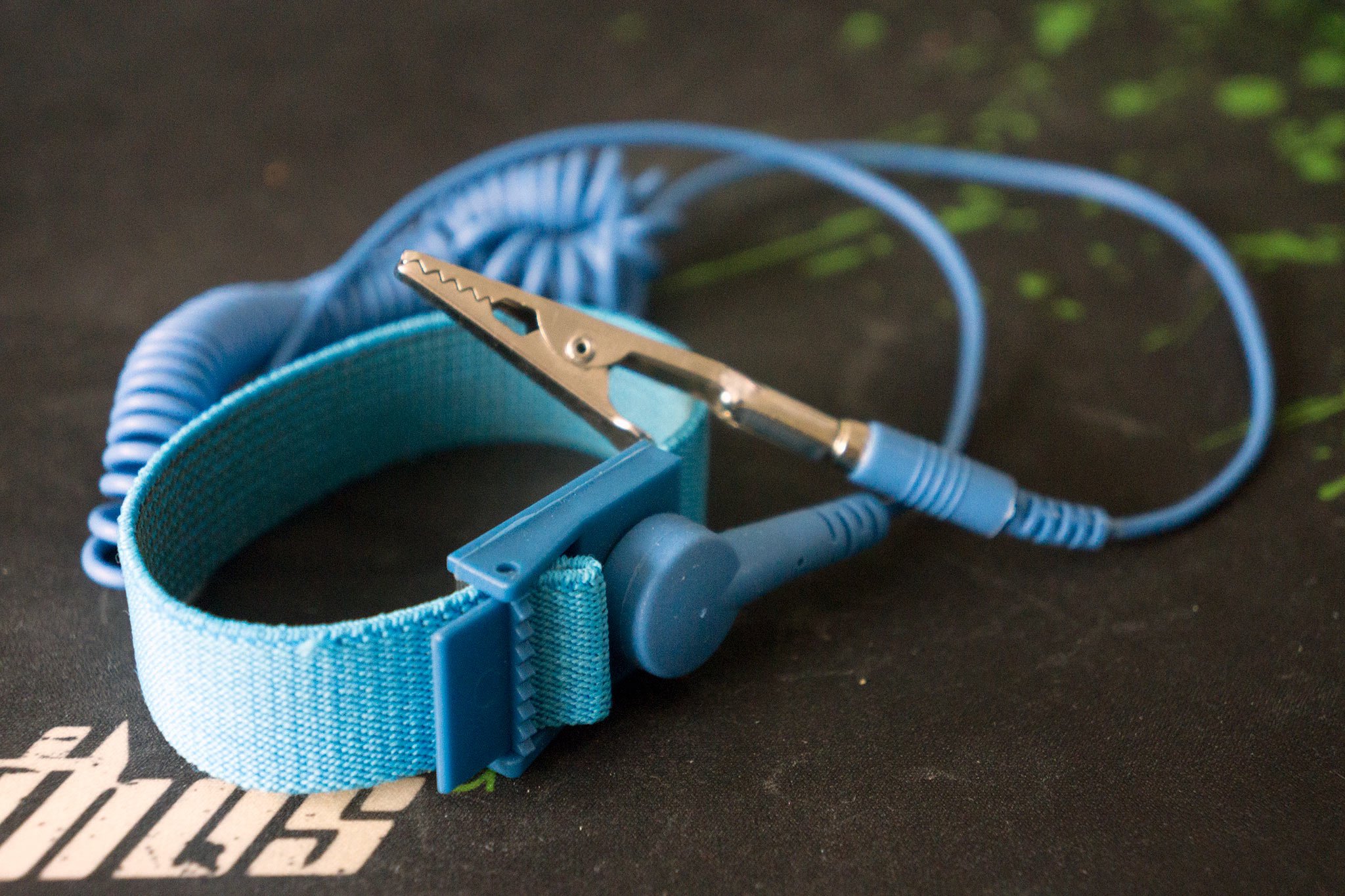
A preventative measure you should always employ is to discharge any static electricity your body may have conducted. This can be caused by rubbing against carpet, wearing wool clothing, etc. While incredibly rare, you could inadvertently cause damage to components by short-circuiting them. Luckily, it's super easy to avoid this.
An anti-static surface, anti-static wristband, or by simply touching a grounded object like a case will help here.
How to prevent frying your PC with static electricity
Storing Screws
As you remove screws from various components and sections of the case, it's worth having a bowl or container nearby for easy storage of all the screws. The last thing you need to happen is to get to a point where you're unable to continue with the build because a screw or two are missing. Keep them safe!
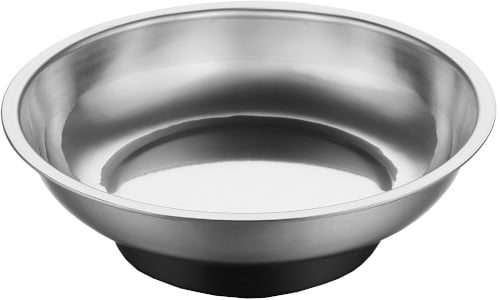
The last thing you need while building or upgrading a PC is to lose a valuable screw, especially if you don't have any spares at hand. This handy magnetic tray will hold all the screws you need.
Too much thermal paste
How much thermal paste is too much? Well, consider using nothing more than a small garden pea you'd find in a tin for cooking. Just enough to be spread across the surface of your CPU is ample for efficient cooling. Using too much won't cause damage per se, but it'll look messy and be horrific to remove.
How much thermal paste you should apply?
Airflow is important
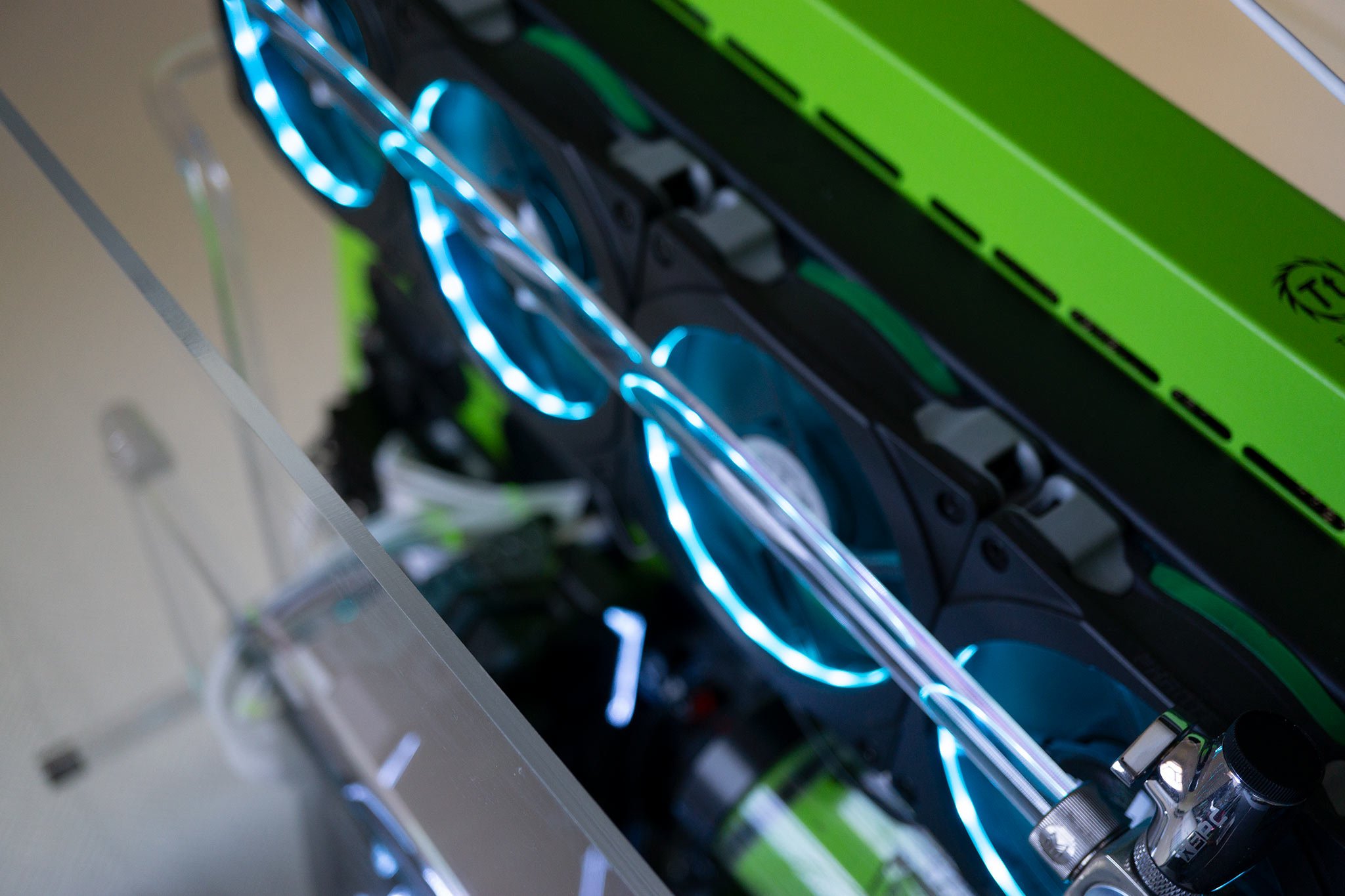
Fans, fans, fans. You need them to help keep components adequately cooled. Before even powering up your newly assembled system, it's worth checking each fan to make sure you've positioned them correctly, they're facing the right direction, and they're plugged into the motherboard (or PSU if you have a lack of headers).
The last thing you need is to have heat issues down the line, especially if overclocking is on the cards.
Best CPU air coolers for your PC
Take your time
This last tip may sound a little obvious, but you should always take it slow when inside a PC case. There's plenty of time and if you're heading out, make a note of where you got up to, what's left to address and return to the build later.

Rich Edmonds was formerly a Senior Editor of PC hardware at Windows Central, covering everything related to PC components and NAS. He's been involved in technology for more than a decade and knows a thing or two about the magic inside a PC chassis. You can follow him on Twitter at @RichEdmonds.
